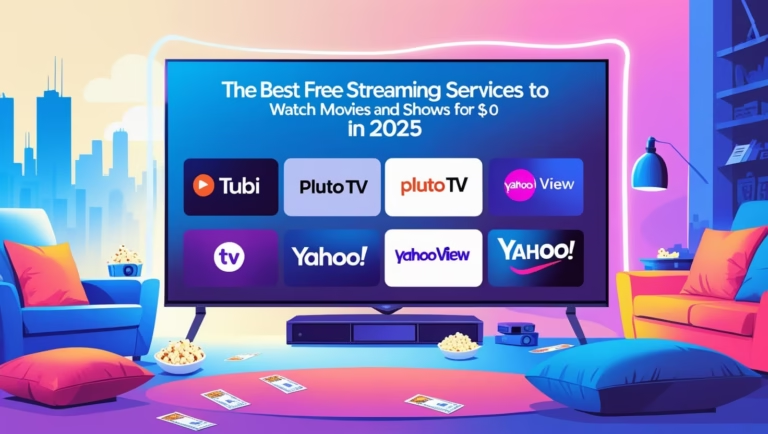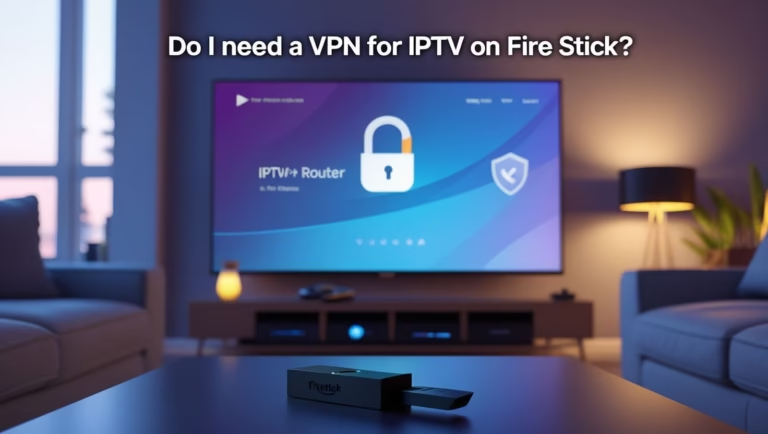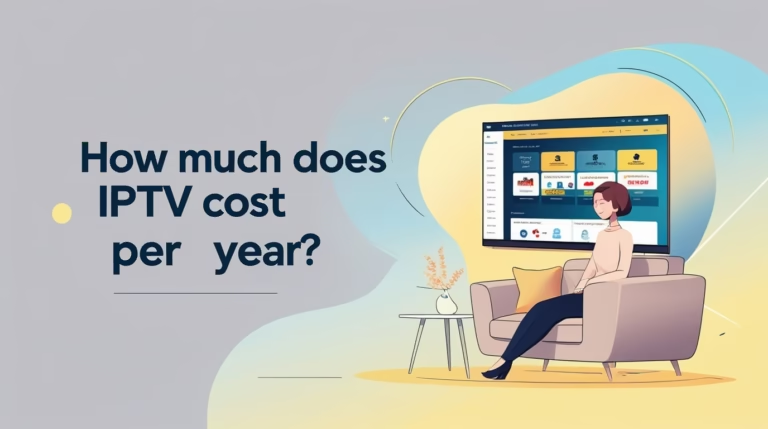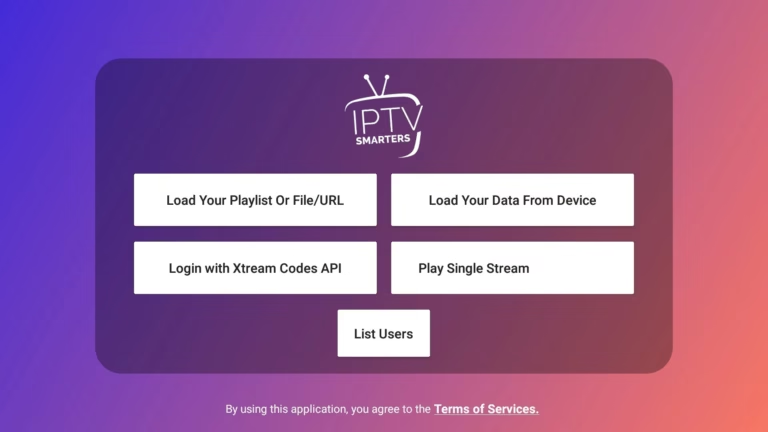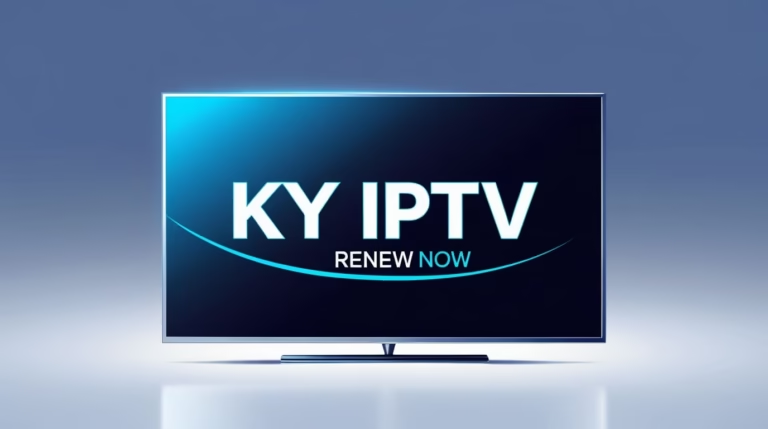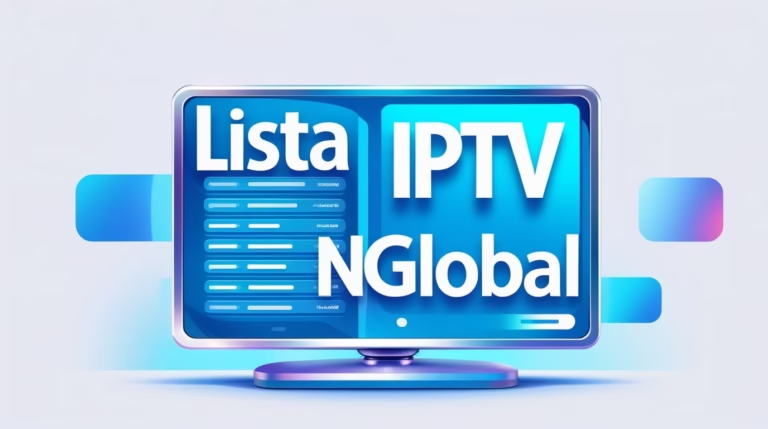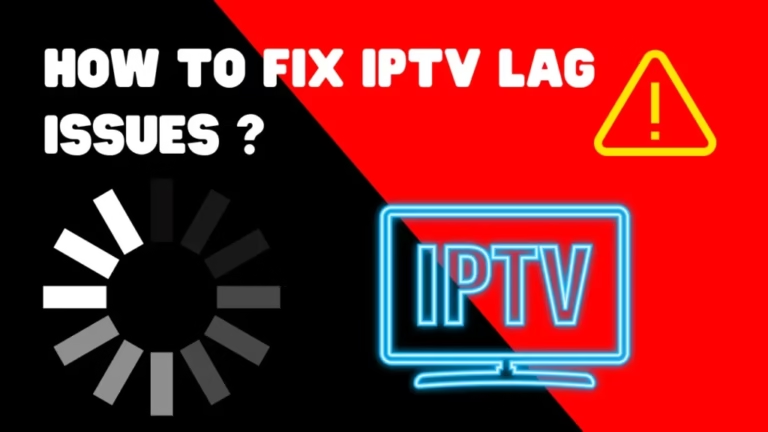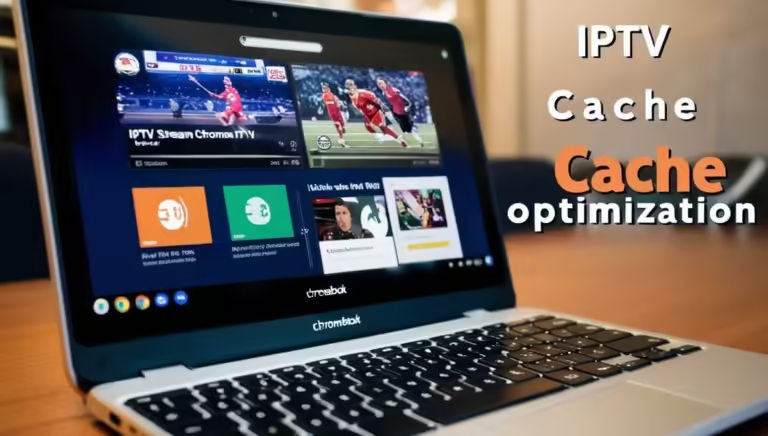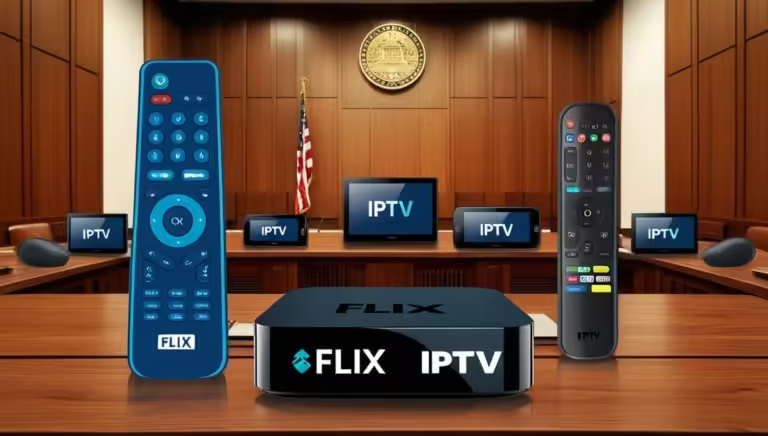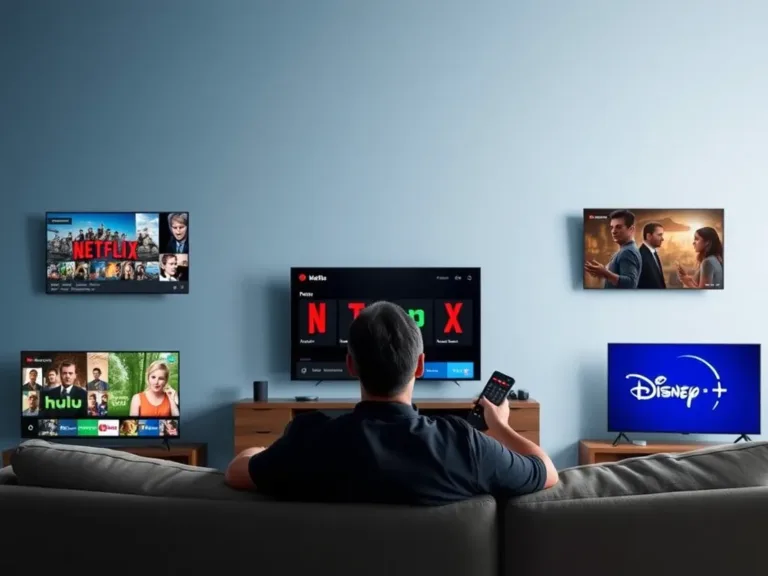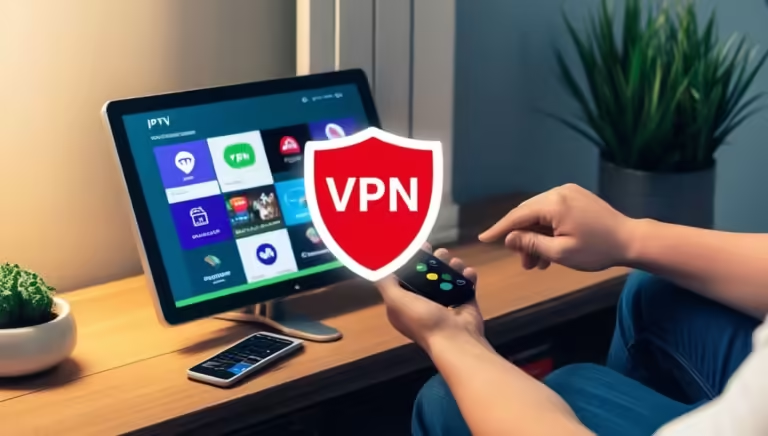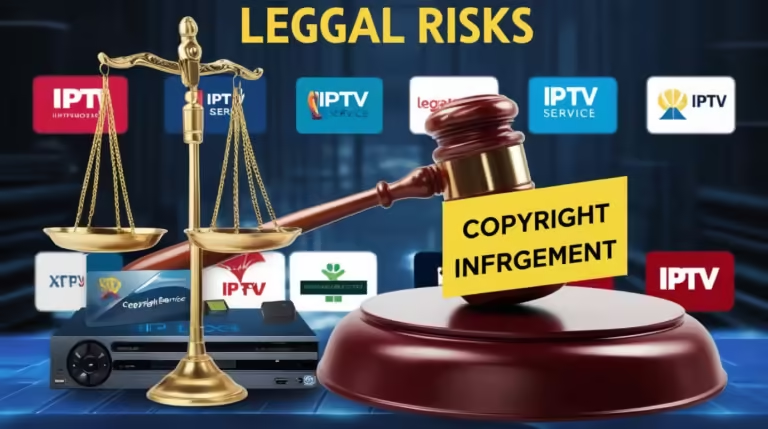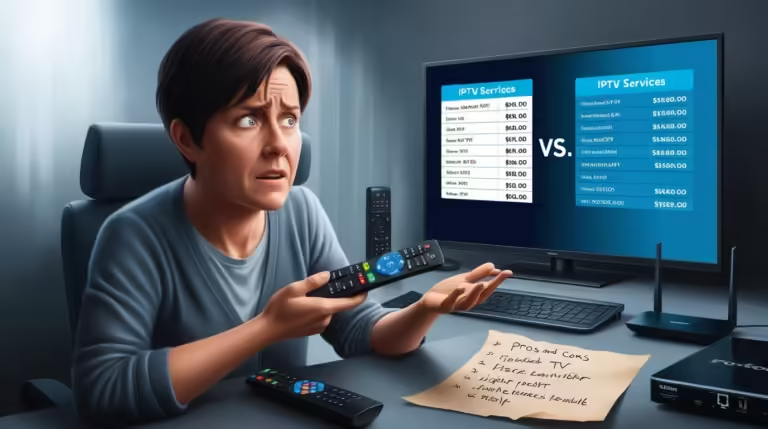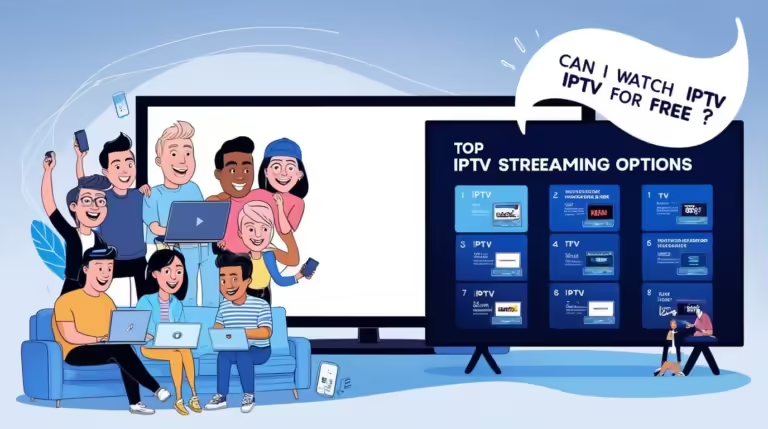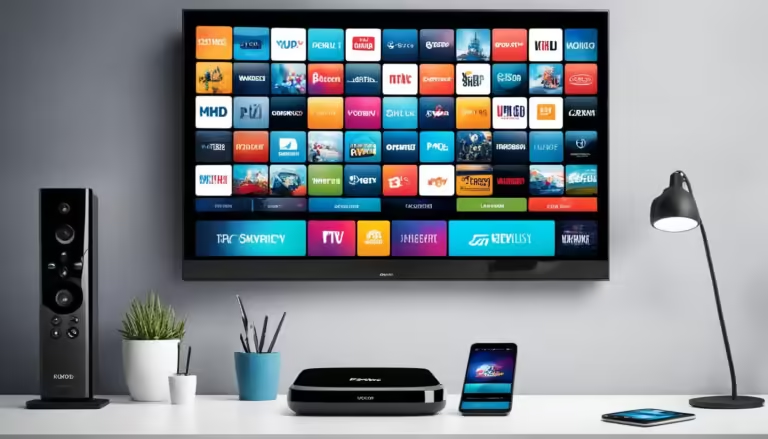In the ever-evolving world of entertainment, IPTV (Internet Protocol Television) has emerged as a game-changer, offering a revolutionary way to access a wide array of television channels and on-demand content via the internet. Whether you’re tired of traditional cable setups or simply eager to explore a more flexible and cost-effective viewing solution, IPTV could be the answer to your needs. But how do you install IPTV? The process might seem daunting at first glance, but fear not! In this comprehensive guide, we’ll walk you through everything you need to know, from understanding IPTV technology to optimizing your viewing experience like a pro. Let’s dive in and transform you from a curious novice into an IPTV installation expert!
How Do You Install IPTV? Understanding the Basics of IPTV Technology

Before diving into the technicalities of how to install IPTV, it’s essential to grasp the fundamentals of what IPTV actually is. IPTV stands for Internet Protocol Television, which allows you to stream television content over the internet rather than through traditional cable or satellite signals. Unlike traditional TV services, IPTV uses your internet connection to deliver a diverse range of channels and content directly to your device.
The core technology behind IPTV involves a series of protocols and streaming techniques that convert television signals into data packets, which are then transmitted over the internet. This allows for real-time streaming, meaning you can watch live television as it airs, or enjoy on-demand content whenever you choose. IPTV services often include features like electronic program guides (EPGs), catch-up TV, and interactive services, providing a more dynamic and personalized viewing experience.
Understanding the basics of IPTV technology is crucial for a successful installation. You’ll need a reliable internet connection with sufficient bandwidth to handle streaming, as well as a compatible device to access the IPTV service. Most IPTV providers offer apps or software that you can install on various devices such as smart TVs, set-top boxes, or even your computer or smartphone.
In summary, to answer the question, “How do you install IPTV?” it starts with understanding how IPTV works. With this foundational knowledge, you’re well-prepared to move on to the next steps of selecting the right equipment and setting up your IPTV service.
How Do You Install IPTV? Choosing the Right Equipment for Your Setup
Selecting the appropriate equipment is a critical step in the IPTV installation process. The right hardware can make a significant difference in your overall viewing experience. So, how do you install IPTV successfully? It begins with choosing the right tools for the job.
- Internet Connection: A high-speed internet connection is the backbone of a smooth IPTV experience. Most IPTV services recommend a minimum speed of 5 Mbps for standard definition (SD) and 10 Mbps for high definition (HD) streaming. For ultra-high definition (4K) content, you might need speeds of 25 Mbps or higher. Ensure your internet service provider (ISP) can deliver the necessary speed consistently.
- Device Compatibility: IPTV can be accessed via various devices, including smart TVs, streaming boxes (such as Roku or Amazon Fire TV), and media players (like Android TV boxes). When choosing a device, ensure it is compatible with your IPTV service. Some providers have dedicated apps for specific devices, while others may require you to use third-party apps.
- Set-Top Boxes: If you prefer a more traditional approach, a dedicated IPTV set-top box can be a great choice. These boxes are designed to work seamlessly with IPTV services and often come with additional features like remote control, recording capabilities, and easy setup.
- Smart TVs: Many modern smart TVs come with built-in apps for IPTV services. This eliminates the need for additional hardware, making it a convenient option. Ensure that your TV’s operating system supports the IPTV app you plan to use.
- Cables and Connectors: Don’t overlook the importance of quality cables and connectors. High-speed HDMI cables and reliable ethernet cables can enhance your viewing experience by ensuring a stable connection and high-quality picture.
In summary, answering the question, “How do you install IPTV?” involves selecting the right equipment to ensure optimal performance. By investing in a reliable internet connection and compatible devices, you set the stage for a smooth and enjoyable IPTV experience.
How Do You Install IPTV? A Step-by-Step Guide to the Installation Process

With your equipment ready, it’s time to dive into the installation process. Here’s a detailed step-by-step guide on how to install IPTV like a pro:
- Sign Up for an IPTV Service: The first step is to choose an IPTV service provider. Research different providers to find one that offers the channels and features you want. Sign up for a subscription plan that fits your needs and budget.
- Download and Install the IPTV App: Depending on your device, you may need to download the IPTV app from the provider’s website or your device’s app store. For smart TVs, you can often find the app pre-installed or available for download directly from the TV’s app store.
- Connect Your Device: Connect your IPTV device (set-top box, smart TV, or streaming stick) to your TV using HDMI cables. If you’re using a streaming stick or set-top box, plug it into an available HDMI port on your TV.
- Configure Network Settings: Ensure your device is connected to your home network. If you’re using a wired connection, plug an ethernet cable into the device. For wireless connections, connect to your Wi-Fi network through the device’s settings menu.
- Log In to the IPTV App: Open the IPTV app and log in using the credentials provided by your IPTV service provider. Follow the on-screen instructions to complete the setup process. This may include entering activation codes or setting up preferences.
- Scan for Channels: Once logged in, the app will typically scan for available channels and content. This process may take a few minutes. Once complete, you should have access to your IPTV channels and on-demand content.
- Test the Setup: Navigate through the channels and content to ensure everything is working correctly. Check for picture quality, channel availability, and any potential issues with streaming.
By following these steps, you’ll have a fully operational IPTV setup. The question, “How do you install IPTV?” is answered with a systematic approach, ensuring a hassle-free installation process.
How Do You Install IPTV? Troubleshooting Common Setup Issues

Even with the best preparation, you might encounter some issues during the IPTV installation process. Here’s how to troubleshoot common setup problems to ensure a smooth experience:
- Connectivity Issues: If you’re having trouble connecting to the IPTV service, check your internet connection. Ensure that your device is properly connected to your network, whether via Wi-Fi or ethernet. Restarting your router and device can often resolve connectivity issues.
- Channel Loading Problems: If channels are not loading or buffering frequently, it might be due to insufficient internet speed. Check your internet speed and consider upgrading your plan if necessary. Additionally, ensure that there are no other devices using excessive bandwidth on your network.
- App Crashes or Errors: If the IPTV app crashes or shows error messages, try restarting the app or your device. Ensure that the app is updated to the latest version. If issues persist, reinstall the app or contact the IPTV provider’s support team for assistance.
- Picture Quality Issues: Poor picture quality can be attributed to several factors, including internet speed, device settings, or HDMI cable quality. Check your internet speed and ensure that your HDMI cables are properly connected and in good condition.
- Subscription and Account Problems: If you encounter issues with your subscription or account, such as being unable to log in or missing channels, verify that your subscription is active and that you’ve entered the correct login credentials. Contact your IPTV provider’s customer support if needed.
Troubleshooting these common issues will help you address any problems and enhance your IPTV experience. By understanding how to resolve potential challenges, you can confidently enjoy your IPTV service.
How Do You Install IPTV? Optimizing Your IPTV Experience for Maximum Enjoyment
Once your IPTV setup is complete and functioning smoothly, it’s time to optimize your viewing experience to get the most out of your service. Here’s how to make sure you’re enjoying IPTV to its fullest:
- Customize Your Channel Lineup: Many IPTV services allow you to customize your channel lineup based on your preferences. Take advantage of this feature to create a personalized list of channels that match your interests.
- Explore On-Demand Content: IPTV often includes a vast library of on-demand content, including movies, TV shows, and documentaries. Explore these options to enhance your viewing experience and discover new favorites.
- Adjust Picture and Sound Settings: Fine-tune your device’s picture and sound settings to match your preferences. Many smart TVs and IPTV devices offer advanced settings to improve picture quality and audio performance.
- Utilize Parental Controls: If you have children, use parental control features to manage content access and ensure a safe viewing environment. This feature allows you to restrict access to certain channels or content based on age ratings.
- Keep Your System Updated: Regularly update your IPTV app and device firmware to ensure you have the latest features and security improvements. Check for updates periodically and install them as needed.
By following these optimization tips, you can enhance your IPTV experience and ensure that you’re getting the most out of your service. The question, “How do you install IPTV?” is ultimately about not just getting it set up, but also enjoying it to its fullest potential.
Conclusion
Installing IPTV might initially seem like a complex task, but with the right knowledge and approach, you can become an IPTV hero in no time. By understanding IPTV technology, selecting the appropriate equipment, following a step-by-step installation guide, troubleshooting common issues, and optimizing your viewing experience, you’ll be well-equipped to enjoy all that IPTV has to offer. Embrace the flexibility and convenience of IPTV and transform your entertainment experience today. Now that you know how to install IPTV like a pro, get ready to explore a world of television and content tailored just for you!






